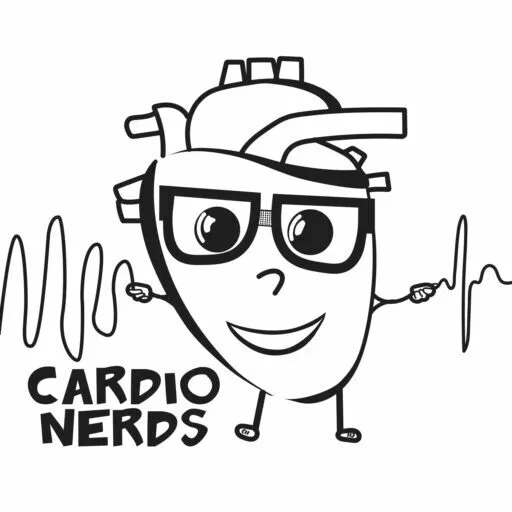Video
ACC.24: Periprocedural Cerebral Embolisms and Catheter Ablation of AF: The Embo-Abl Study
Published: 09 Apr 2024
-
Views:
 230
230
-
Likes:
 0
0
Average (ratings)
No ratings
ACC.24 — We are joined by Dr Kengo Kusano (National Cerebral and Cardiovascular Center, JP) to discuss the findings from the Embo-Abl Study.
Embo-Abl is a multicenter prospective randomized study which aims to compare the incidence of periprocedural cerebral embolisms caused by catheter ablation of atrial fibrillation (AF) between cryoballoon and radiofrequency ablation. 230 patients with AF from a multicenter in Japan are included in this study, and were randomly assigned to either cryoballoon or radiofrequency ablation in a 1:1 fashion. The primary endpoint was the recurrence of MRI-detected silent cerebral events (SCE) 1-3 days after catheter ablation.
Findings showed that cryoballoon ablation demonstrated noninferiority as compared to radiofrequency ablation for the primary endpoint (risk difference, 4.18% [95% confidence interval, -4.18% to 12.5%]; P=0.02 for noninferiority). MES were higher with cryoballoon ablation as compared to radiofrequency ablation, however the number of MES, high-intensity transient signals and micro-bubbles during the cryoballoon ablation procedure were not associated with the incidence of cerebral embolisms.
Interview Questions:
- What is the background of this study
- What was the study design and patient population?
- What are the key findings?
- Was there anything in the results of the study that differed from your original expectations?
- What further study is needed?
Recorded on-site at ACC 2024, Atlanta.
For more content from ACC.24 head to the Late-breaking Science Video Collection.
Support: This is an independent interview conducted by Radcliffe Cardiology.
Editors: Jordan Rance, Mirjam Boros
Video Specialists: Dan Brent, Tom Green, Mike Knight
"I'm Kengo Kusano from the National Cardiovascular Centre in Osaka, Japan.
Background and Study Rationale
Catheter ablation for atrial fibrillation is a standard therapy, but it does come with some side effects. Thromboembolic complications during catheter ablation range from 0.5% to 1%. However, silent cerebral embolism has been observed in 10% to 40% of patients, as detected by MRI.
Study Objectives
Our study aimed to compare the incidence of ischemic stroke following catheter ablation using cryoballoon versus radiofrequency (RF) ablation. We specifically sought to evaluate the non-inferiority of cryoballoon ablation compared to RF ablation with respect to silent cerebral embolism. To achieve this, we used three Tesla brain MRI to detect silent cerebral embolism and also investigated microembolic sources using simultaneous echocardiography during the procedure.
Study Design and Methods
We enrolled 230 patients in a 1:1 fashion, with 115 patients in each group. We assessed both echocardiography and MRI results to evaluate our endpoints.
Results
The primary endpoint, silent cerebral embolism, was observed in 27 patients overall. This included 16 patients (13.7%) in the cryoballoon group and 11 patients (9.7%) in the RF group. There was no significant difference in carotid embolisms between the groups. However, the cryoballoon ablation group had significantly fewer microembolic signals compared to the RF group.
Further Analysis
We also investigated the relationship between microembolic signals and silent cerebral embolism in MRI data. We found no significant associations between microembolic signals and silent cerebral embolism. Additionally, no procedure-related, patient-related, or microembolic signal-related risk factors were identified in this study.
Conclusions
The MRI results were lower than anticipated. Our study demonstrated that both cryoballoon and RF ablation are effective treatments from a safety perspective. We identified numerous embolic sources through echocardiography, indicating that further investigation is needed, particularly focusing on the embolism into cerebral vessels.”








Comments